In 1637, the Brotherhood of the True Cross were having ceremonies on Monserrate (before they built the Monserrat sanctuary); in the United States, Pilgrims were busy colonizing Massachusetts and in Salem the Old Burying Point Cemetery was founded.
In England, at the height of the religious struggle that led to the English Civil War, King Charles I tried to force the Church of Scotland to adopt a new and unpopular book of prayer. In the same year, King Charles I issued a proclamation to prevent what he termed the disorderly transportation of his subjects to the American colonies. The proclamation forbade the issuing of a ship/emigration license to anyone who did not conform to the beliefs of the Church of England.
In Spain, Philip IV lost important battles with Holland and France during the Dutch War of Independence; in 1637, Spain owned the Netherlands and the war was in part fueled by the religious views of Calvinists in the North and supported by Catholics in the South. This was the turning point in the war and would lead to both independence and religious tolerance that still defines the United Provinces. All of these events had an impact on colonial history.
Amidst these religious and state power struggles, in Bogotá, one of the oldest remaining colonial churches in the city began construction: Iglesia de San Agustin. There’s conflicting information about the exact date of when construction started (in both Spanish and English… because I don’t think that anyone actually knows), but a placard inside the church says, Construcción: 1637-1668. The same placard also states the building was restored between 1980-1986.
The church was founded, originally built, and renovated by the Order of St. Augustine (Wikipedia in EN/SP), an order whose members do not own property, who believe in a simple life, and are collectively dependent on charity. The order was officially founded in the thirteenth century and follow the teachings of St. Augustine of Hippo. It’s been argued that the beliefs of John Calvin and the Dutch Calvinists have their roots in the writings of St. Augustine.
The Spanish Augustinians first arrived in Peru in 1551 and spread to the rest of South America over the course of the next 30-years; with Argentina, Bolivia, Chile, Colombia, Panama and Venezuela all entering the fold in 1575. It’s difficult to find any information on whether or not the Augustinians held ceremonies at the site of the current church before 1637; it’s likely they did but records from this time are elusive.
In general, the structural style of Iglesia de San Agustin is reminiscent of the Spanish Colonial style similar to that of the Missions in California. However, the altarpieces and choir boxes are very Baroque and contain a number of dark but unique artistic pieces. The most recognized is the Virgen de Altagracia, which *I think* is located behind locked bars (#7 perhaps).
Unlike most of the Colombian churches from this time, this one survived, which is surprising given its location next to the Presidential Palace and the volatile history of this section of Bogotá. The church once contained a nunnery as part of its complex, but it was converted to a military barracks in the early 20th century and eventually demolished to make way for other buildings.
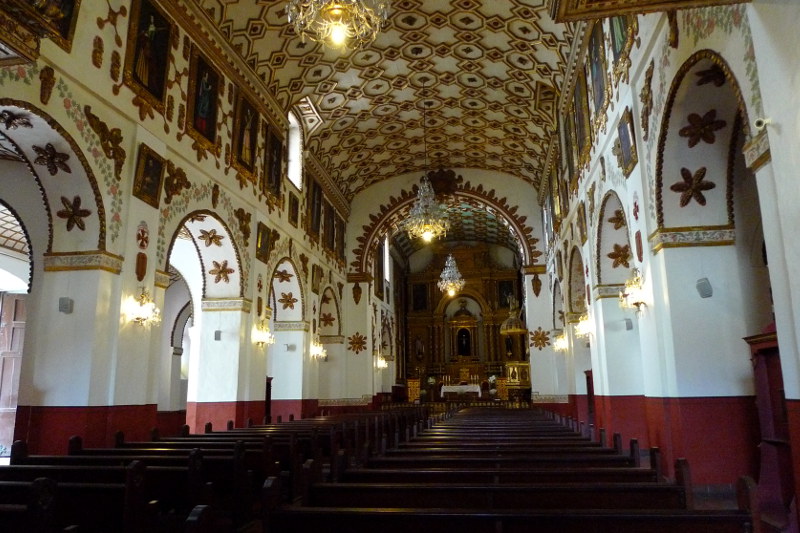
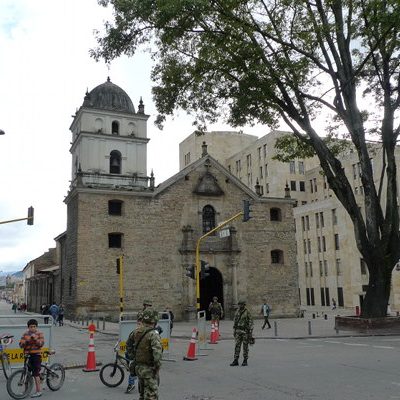
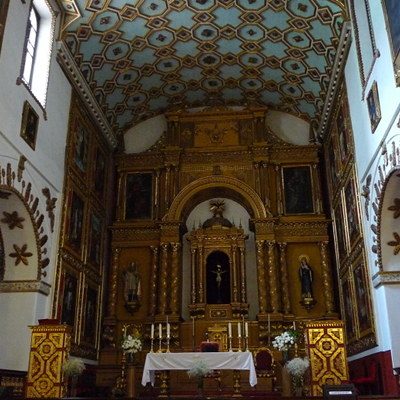
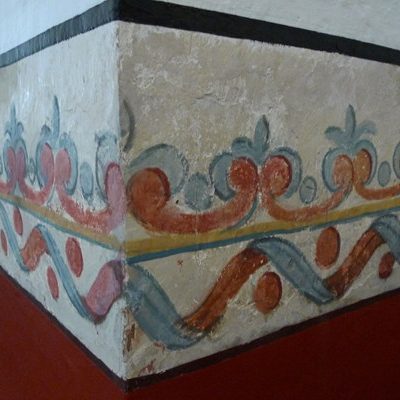
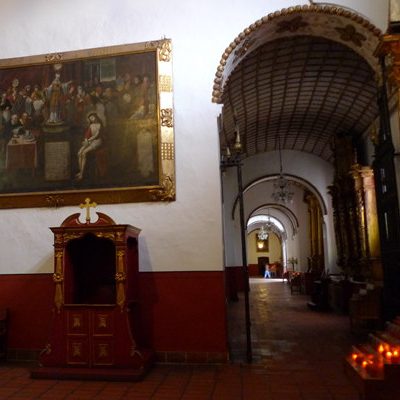
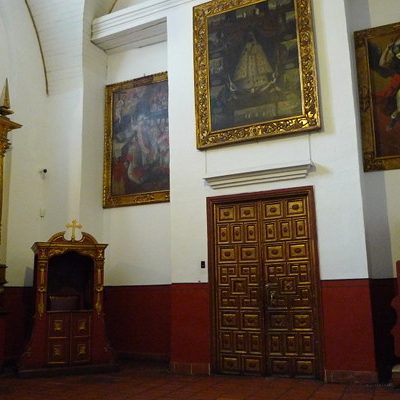
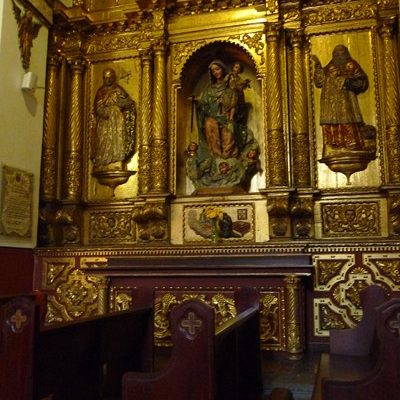
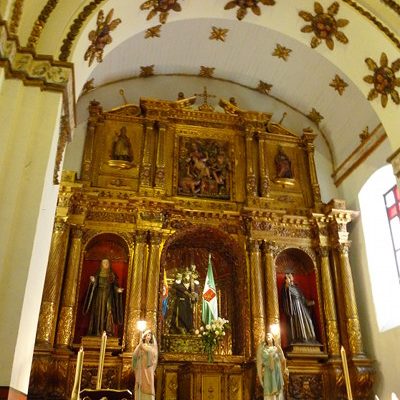
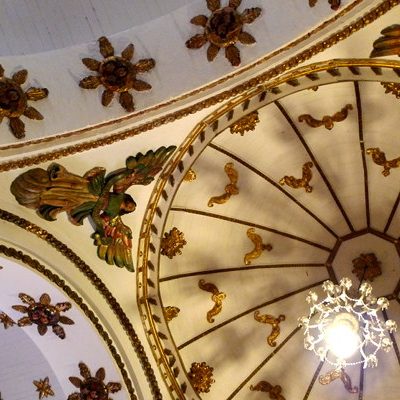
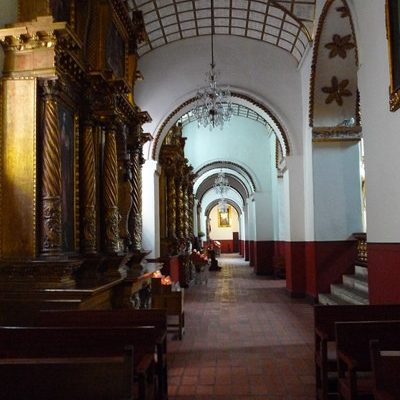
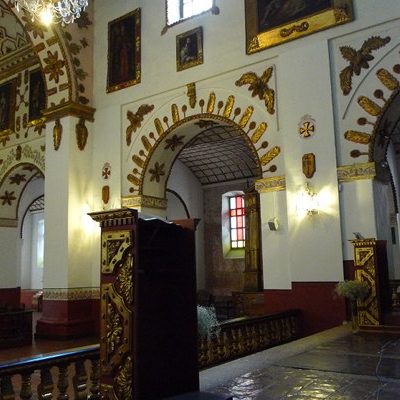
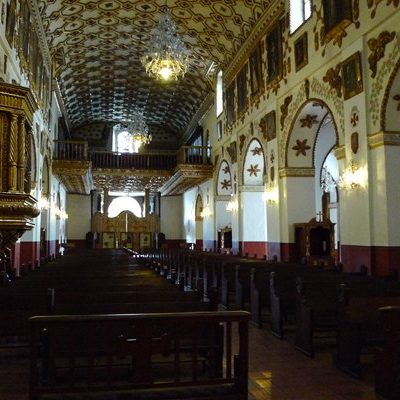
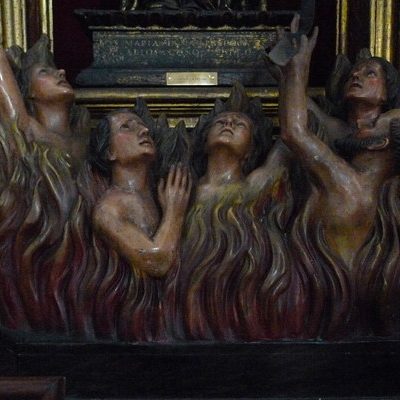

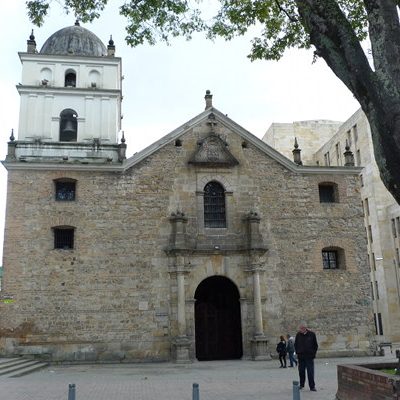
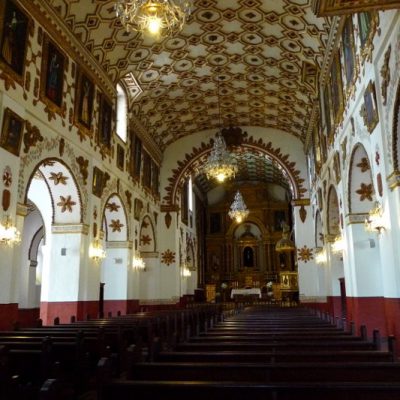
0 comments on “Iglesia de San Agustin, Bogota”Add yours →